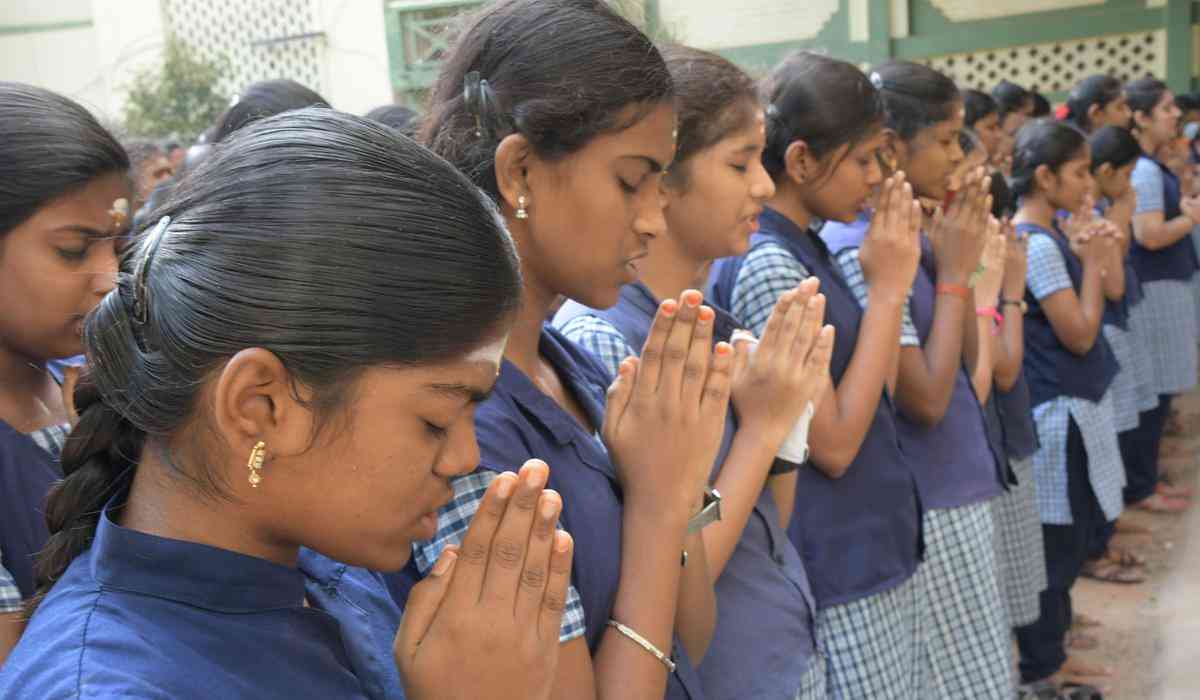Rural youngsters in India aspire to work in the police, teaching, medicine, the Army, and engineering, with sports, agriculture, bureaucracy, and domestic labor ranking last. Nonetheless, gender influences career goals; among males, the Army (13.8%) and the Police (13.6%) are the top two options. The most often selected professions were teachers (16%), doctors (14.8%), and police (12.5%), which came in third among female respondents. The choice with the least gender disparity is the police.
Regional variances
The ASER 2023 "Beyond Basics" data also demonstrates that regional sentiments differ significantly from the national picture. As an illustration, consider the fact that the majority of females in Dhamtari, Chhattisgarh, and Solan, Himachal Pradesh, preferred to become teachers or doctors, even though more than a third of the girls in Hathras, Uttar Pradesh, were unable to name a career goal.
Data | Girls and boys in rural India are almost equally aspiring to become doctors or #engineers. The number of girls aspiring to get into these professions is marginally higher than boys. @VigneshJourno & @nihalani_jasmin write. https://t.co/CJxZmaHqyw— The Hindu (@the_hindu) January 19, 2024
The microdata reveals a sharp regional variance. While being a police officer is the most popular career choice for children and is also highly favored by females in Karnataka, Maharashtra, and Gujarat, teaching is the top choice for girls in Tripura, Rajasthan, and Chhattisgarh, where over 30% of girls want to become teachers.
The three hill states of Himachal Pradesh, Uttarakhand, and Nagaland are the top choices for the Army, another well-liked alternative nationwide. Still, only 7% or fewer of girls in these states would rather be in the Army. One of the top five career choices for rural youth is engineering, which is most popular in the southern states of Tamil Nadu, Andhra Pradesh, and Karnataka, where over 15% of male students choose to pursue this subject.
The gender divide
The socioeconomic context of the area in which these girls were living and growing up made a huge difference in their thinking about the possibilities for future work, according to an analysis of the data from the surveyed girls who took part in Focus Group Discussions (FGDs). In many cases, these girls' futures had little leeway for individual choice because their "... skills did not reflect their aspirations, but simply means of generating some supplemental income for the household."
One notable discrepancy in the report was that, although 58.4% of people in rural India are employed in agriculture, according to the Periodic Labour Force Survey (PLFS) 2022–2023, the ASER report revealed that children do not find this industry aspirational.
According to the research, only 1.4% of children between the ages of 14 and 18 wish to engage in agriculture as their primary career. Agriculture is frequently linked to academic failure and dropout rates. Rather, it is viewed as a hard effort and connected to spending long hours in the sun, according to the survey. Some young people claimed that their parents wanted them to choose a more "respectable" career path to achieve "better" than they have."
Image Source: The Hindu
Ⓒ Copyright 2024. All Rights Reserved Powered by Vygr Media.ASER report





















